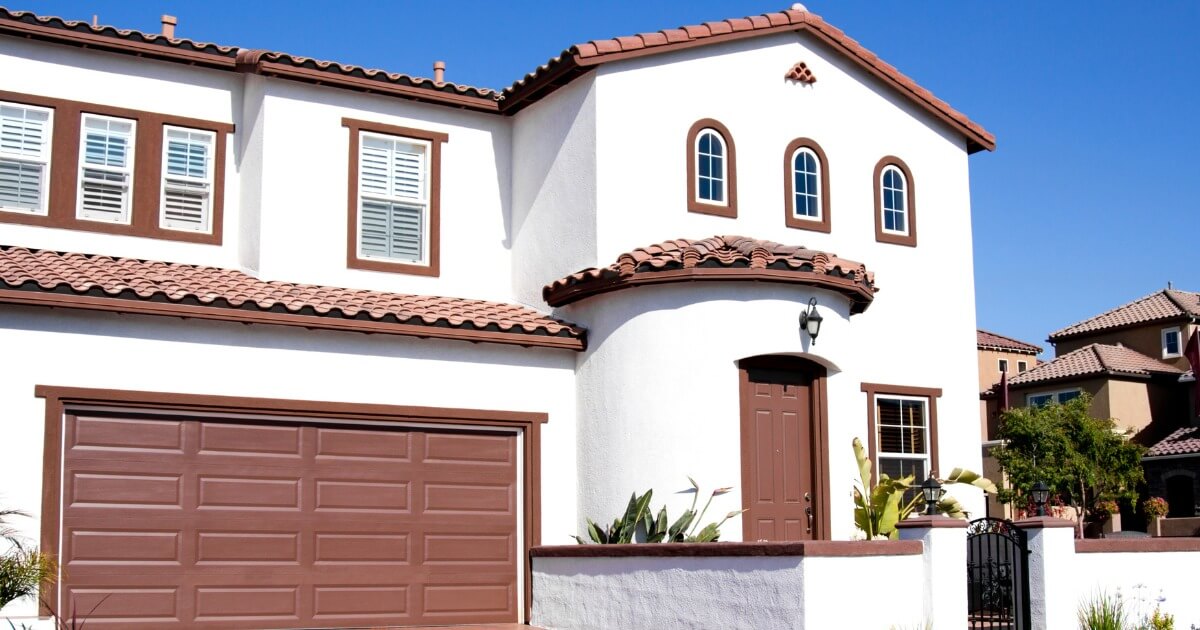How Budget Planning Can Help Prevent Price Overages On Your Custom Home Build

Building a custom home is an exciting endeavor, but it can also be a daunting task. One of the most critical aspects of a successful custom home build project is thorough budget planning. In this blog post, we will delve into the importance of budgeting and explore how it can prevent price overages. We will also discuss the key areas to consider when setting a budget for a custom home build and examine how a detailed budget contributes to the overall success of the project.
How can thorough budget planning prevent price overages?
When embarking on a custom home build, it is essential to have a clear understanding of the expenses involved. Thorough budget planning helps prevent price overages by providing a roadmap for the entire project. By carefully considering the costs associated with different aspects of the build, such as materials, labor, permits, and unforeseen expenses, you can avoid unexpected financial setbacks. A detailed budget allows for better control and enables you to make informed decisions that align with your financial capabilities.
Before anything else, the first step to prevent price overages is to pre-plan your budget.
- Start by accounting for all the obvious costs – land, construction, architect fees, interiors, etc.
- Reserve a contingency budget for unforeseen circumstances. Industry standards suggest keeping aside 10-15% of your total budget for these eventualities.
- Don’t forget about hidden costs like permits, taxes or homeowner association fees.
Key points to consider when budget planning for a custom home build
Setting a budget for a custom home build requires a comprehensive evaluation of all potential expenses. Here are some key areas to consider:
- Construction and Materials: The cost of materials and construction will likely account for a significant portion of your budget. Researching prices and obtaining multiple quotes from suppliers and contractors will help you make accurate estimates.
- Architectural and Design Fees: Hiring an architect and design professional is crucial for creating a blueprint that aligns with your vision. It is essential to consider the fees associated with their expertise and services.
- Permits and Inspections: Budget for the necessary permits and inspections required by your local authorities. Failure to account for these expenses can lead to delays and fines.
- Land and Site Preparation: Acquiring land, clearing the site, and preparing it for construction are additional costs that should be factored into your budget.
- Utilities and Infrastructure: Don’t forget to allocate funds for connecting utilities such as electricity, water, and gas to your new home. Additionally, consider the costs of building infrastructure, such as driveways and landscaping.
Considering Other Factors
While pre-planning and adhering to your budget is important, equally crucial is to consider all factors that may influence your spending.
Location and Geography
The location of your new home can significantly affect construction costs.
- Land in California can be expensive and prices vary across regions.
- The geography and terrain might demand specialized construction techniques, raising your costs.
Customization Costs
Your dream house is, after all, a custom home, and every unique aspect brings along its cost.
- Excessive customization can easily spiral costs out of control.
- Try to strike a balance between your dream designs and practical affordability.
Material Choices
The cost of building materials is always fluctuating.
- Being flexible with your choices can save you money during a price hike.
- Consider using alternative materials that still provide the quality and appearance you desire but at a lower cost.
The Role of Technology
Leverage technology to estimate, track and control the cost of your project.
- Various software and applications are available which can give realistic cost estimates.
- They can also help to monitor your daily expenses, preventing any surprise overruns.
Energy-Efficient Features
Integrating energy-efficient features into your design can initially increase costs, but the long-term savings will prove beneficial.
- Solar panels, energy-efficient appliances, and insulation result in lower utility bills over time.
- California’s sunny climate makes solar power a practical investment.
Get Multiple Estimates
Always get multiple estimates for each aspect of the project.
- This provides a better understanding of where market prices are currently.
- It gives you a wider range of options and allows for better decision-making.
DIY Elements
Consider incorporating DIY elements into your home where you can.
- This can save on labor costs and also give a personal touch to your home.
- Be cautious not to take on tasks that need professional expertise which may end up costing more if done improperly.
Regular Monitoring and Auditing
Keep a close eye on your spending throughout the construction process.
- Regular audits of your project’s financials can help catch overages early on. This way, you’ll have a greater chance of addressing cost issues before they become significant.
Negotiation
Never shy away from negotiating.
- Whether it’s with your builder, architect, or suppliers, don’t hesitate to negotiate prices. Remember that in many cases quotes are not the final price and there may be room for negotiation.
Reuse and Recycle
Wherever possible, consider using reused or recycled materials in your construction.
- Integrated recycled materials can help keep costs down and contribute to environmental sustainability.
- Seek out local resources for recycled construction materials or fixtures.
Hiring Inspectors
Hiring a third-party inspector can help in detecting issues earlier.
- They can identify problems in the construction process that could lead to future cost overruns.
- Despite the initial expenditure, inspectors can potentially save you money in the long run.
Beware of Low Bids
Be cautious of significantly lower bids.
- Low bids might seem appealing, but they often mean lower-quality materials or shoddy workmanship. They can lead to future repairs or replacements, adding to the overall cost of your home.
Keep Your Design Simple
Complex designs and architecture can lead to increased costs.
- Simplifying your home design can significantly reduce building costs.
- Keep the layout practical and functional, focusing on need-to-have features over nice-to-have ones.
Understand the Real Cost of Upgrades
It’s important to understand the real cost of upgrades and luxury items.
- High-end finishes and fixtures can quickly inflate your budget.
- Make sure to factor in the cost of maintenance and repairs of these items in the long run.
Be Patient
Building a custom home is a considerable investment of time as well as money.
- Patience ensures you make thought-out decisions rather than rushing, which can lead to costly mistakes. Allow yourself time to thoroughly research and consider all your options before making commitments.
Engage a Cost-Conscious Builder
- An experienced, cost-conscious builder can be your best ally in your journey to building your custom home. They can provide you with realistic estimates, suggest cost-effective alternatives, and foresee potential cost overruns and mitigate them.
Building a custom home in California is certainly not an inexpensive endeavor. The joy of creating your own sanctuary should not be marred by financial stress. With these steps, you’re better equipped to keep your custom home build in check and prevent price overages. Remember, careful planning and wise decisions will enable you to bring your dream home to life without breaking the bank.
Recent Posts

Understanding the Home

How to Avoid



